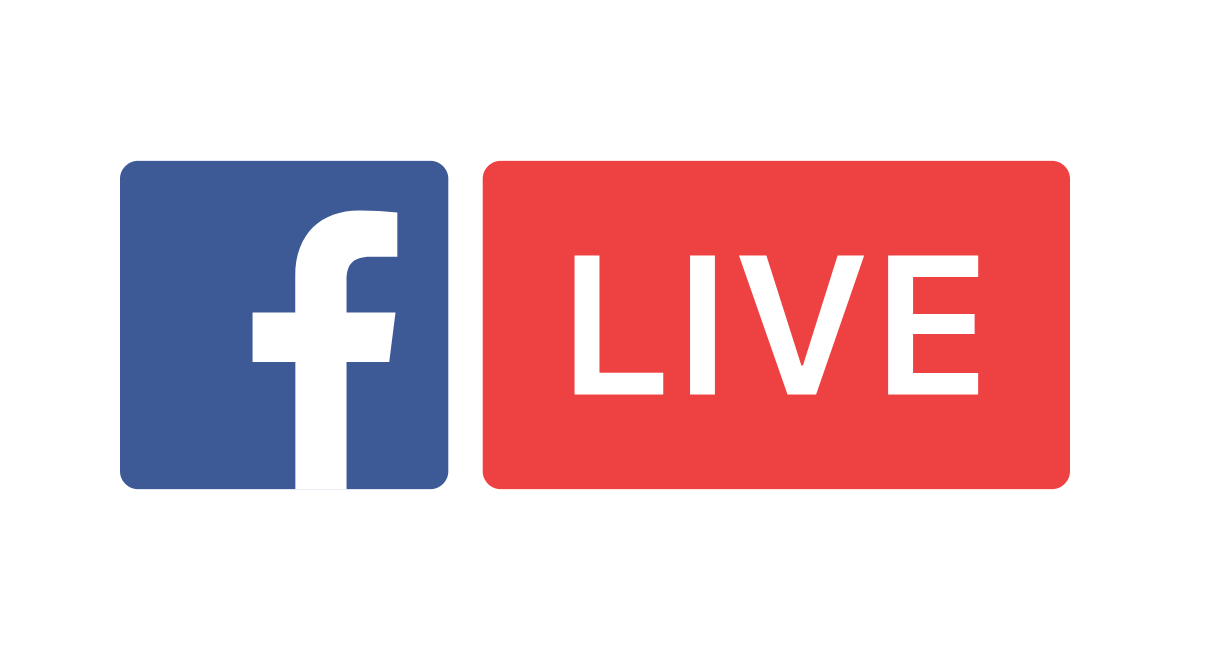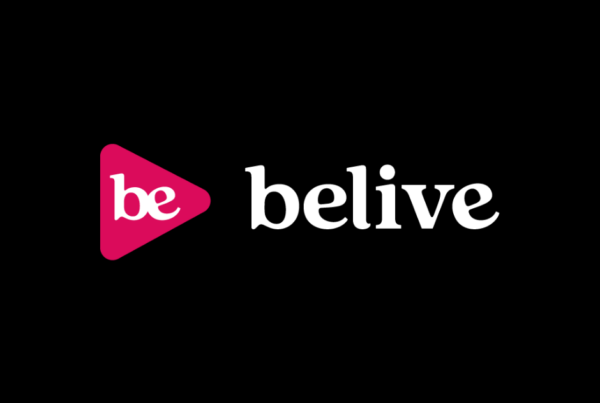The global health crisis has proved that regardless of what travesty befalls us, the thirst for good content remains firm. Live streaming services for businesses have been popular even before the COVID-19 pandemic that began in 2020. But the global stay-at-home orders provided these live streaming services with a unique opportunity to connect businesses and consumers during a worldwide socio-economic crisis.
Several businesses and professional organizations are looking to join the streaming trend but remain clueless about which platform is best to fulfill their broadcasting needs. This article highlights the top live streaming services of 2022 to help businesses and broadcasters objectively assess each alternative to understand the value they can offer.
1. BeLive Technology
BeLive Technology is a fully customizable white-label service that develops live streaming technology for businesses. Businesses can choose to have an entire platform developed, or integrate the technology into their existing platform.
Advantages
- A wide array of features to suit businesses of all types, including live shopping.
- The features are also customizable to suit your needs in UI, UX, or data acquisition.
- You will require little to no technology development knowledge as their services are end-to-end. This means that they can cover all development, design, and testing stages for you.
- Great customer service to assist clients in all areas (content, marketing, design, etc).
- Offers a software development kit (SDK) option for those who prefer to do the integration themselves.
- Provides an easy-to-implement live commerce SaaS for businesses seeking an efficient approach to live commerce functionality.
Disadvantages
- While small-sized projects are relatively affordable, large projects can be costly due to high server costs.
2. Dacast
Dacast offers comprehensive and secure video and hosting and live streaming services where users have complete control of their content.
Advantages
- Offers key features such as an integrated paywall, analytics dashboard, and password protection.
- Competitive pricing plans.
- Add-free broadcasting
Disadvantages
- Has a very steep learning curve and requires you to have existing knowledge of integrating platforms, or have your own development team to do it for you
- Live stream features are basic and nothing out of the ordinary.
 3. Bambuser
3. Bambuser
Bambuser offers live shopping technology for businesses and live streaming software development kits (SDK).
Advantages
- Large clientele consisting of well-known fashion and beauty companies.
- Option of live shopping for one-to-one or one-to-many.
- You will have full ownership of content and data.
Disadvantages
- Expensive.
- Low customization: the features and specifications are fixed and require coding knowledge to make changes.
- Requires advanced development knowledge.
 4. Muvi
4. Muvi
Muvi is focused on OTT media and geared at empowering businesses to launch their white-label multi-device audio streaming, live streaming, and VOD.
Advantages
- Muvi offers businesses custom branding, analytics, and it’s 100% white-labelled
- Several other solutions like security features, video CMS, hosting, DRM, and transcoding are also available
Disadvantages
- Muvi does have a steep learning curve with a complex interface that may be hard to connect and integrate.
- The backend of the platform is not user-friendly.
 5. YouTube Live
5. YouTube Live
YouTube is one of the pioneers of live streaming and has grown exponentially since its inception.
Advantages
- Everyone knows of YouTube and most are comfortable using it.
- Free to start and watch live streams.
- If you are a YouTube Partner, you can monetize your live streams.
- Able to be embedded into websites and video players.
Disadvantages
- Monetization opportunity is restricted:
- You have to achieve high volumes of watch time and followers to qualify for ad-based monetization
- To monetize from Super Chat and Super Stickers also requires you to be a YouTube Partner
- YouTube has strict content restrictions and owns partial rights to your content
- High competition with other existing content on YouTube can distract your viewers from your live stream.
 6. Facebook Live
6. Facebook Live
Facebook Live is commonly used by organizations who are just dipping their toes into live streaming and hoping to tap into their existing following.
Advantages
- Like YouTube, everyone knows of Facebook and how to get about the platform.
- Free to use for viewers and hosts.
- Existing social features that promotes shareability.
Disadvantages
- High latency of 20 seconds, and allows only up to 720p for video resolution.
- Extremely high competition with all the various existing content on the app.
- Lack of features and customizability
- Those who sell products on Facebook Live have to go through a manual and tedious process of stock-taking and keeping track of orders and payments.
 In conclusion, there are several live streaming services for businesses on the market. Brands and organizations can use streaming services to create and share content that is more accessible to consumers.
In conclusion, there are several live streaming services for businesses on the market. Brands and organizations can use streaming services to create and share content that is more accessible to consumers.
If your business is ready to make that next move, contact BeLive Technology for a free consultation.














